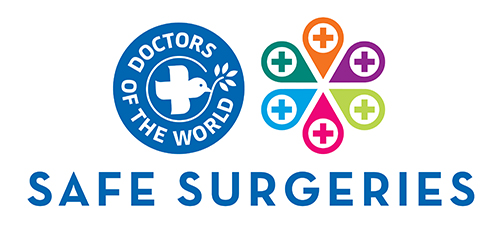Testicular Cancer
Testicular cancer is a relatively rare form of cancer that originates in the testicles, the male reproductive glands located in the scrotum. Although it accounts for a small fraction of cancer cases, it is the most common cancer in young men, particularly those aged between 15 and 35. Testicular cancer is highly treatable, especially when caught early, and has one of the best survival rates of all cancers.
Understanding of Testicular Cancer
Testicular cancer arises from the testicles (or testes), which are located inside the scrotum, a loose bag of skin underneath the penis. The testicles produce male sex hormones and sperm for reproduction. The most common type of testicular cancer is known as germ cell testicular cancer, which includes two main types: seminomas and non-seminomas.
Types of Testicular Cancer
- Germ Cell Tumours:
- These represent the vast majority (around 95%) of testicular cancers. Germ cells are responsible for producing sperm. Germ cell tumours are further divided into two subtypes:
- Seminomas:
- These tend to grow and spread more slowly than non-seminomas and are sensitive to radiation therapy. Seminomas are typically found in men in their 30s and 40s, but they can occur in older men as well.
- Non-seminomas:
- These are a group of cancers that tend to develop earlier in life and grow and spread more rapidly than seminomas. Non-seminomas are less sensitive to radiation and are typically treated with surgery and chemotherapy. This category includes several different cancer types such as embryonal carcinoma, yolk sac tumors, choriocarcinoma, and teratoma. Each type behaves differently and may require a specific treatment approach.
- Non-seminomas:
- These are a group of cancers that tend to develop earlier in life and grow and spread more rapidly than seminomas. Non-seminomas are less sensitive to radiation and are typically treated with surgery and chemotherapy. This category includes several different cancer types such as embryonal carcinoma, yolk sac tumors, choriocarcinoma, and teratoma. Each type behaves differently and may require a specific treatment approach.
- Stromal Tumours:
- Less common than germ cell tumors, stromal tumors start in the hormone-producing tissues of the testicles. They are typically benign but can be malignant. The main types include:
- Leydig Cell Tumours:
- Arise from cells that produce testosterone.
- Sertoli Cell Tumours:
- Emerge from supportive tissues that do not produce sperm but provide a "nursery" environment for germ cells.
Symptoms of Testicular Cancer
The primary symptom of testicular cancer is a lump or enlargement in either testicle. Other symptoms might include:
- A feeling of heaviness or aching in the scrotum.
- A dull ache in the abdomen or groin.
- A sudden collection of fluid in the scrotum.
- Pain or discomfort in a testicle or in the scrotum.
- Changes in the way a testicle feels or a feeling of heaviness in the scrotum.
- Tenderness or changes in the male breast tissue, which may be caused by hormonal changes related to testicular cancer.
Risk Factors
While the exact causes of testicular cancer are not known, several factors may increase the risk:
- Undescended testicle (cryptorchidism):
- Men whose testicles did not move down into the scrotum before birth are at greater risk.
- Family history:
- Having a family member, especially a father or brother, who has had testicular cancer increases risk.
- Age:
- It most commonly affects men between ages 20 and 34.
- Race and Ethnicity
- White men are more likely to develop testicular cancer than men from other racial groups.
Diagnosis
Diagnosis usually involves several steps:
- Physical examination and history:
- An exam of the body to check general signs of health, including checking the testicles for lumps, swelling, or anything else that seems unusual.
- Ultrasound:
- A procedure in which high-energy sound waves (ultrasound) are bounced off internal tissues or organs in the scrotum to create images of the testicles. This can help determine if a mass is solid (suggestive of cancer) or filled with fluid.
- Blood tests:
- Measure levels of certain markers that are elevated in testicular cancer, such as alpha-fetoprotein (AFP), human chorionic gonadotropin (HCG), and lactate dehydrogenase (LDH).
Treatment Options
Treatment for testicular cancer is highly effective, and options include:
- Surgery:
- The primary treatment for nearly all stages and types of testicular cancer, usually involving the removal of the affected testicle (orchiectomy), which may be followed by further treatment depending on the stage and type.
- Radiation Therapy:
- Used primarily for seminomas, radiation therapy uses high-energy rays to kill cancer cells.
- Chemotherapy:
- Used to treat both seminomas and non-seminomas, especially when the cancer has spread to other parts of the body.
- Surveillance
- In cases of early-stage cancer, after surgery, careful monitoring without immediate further treatment may be an option.
Awareness of the risk factors and symptoms associated with testicular cancer is crucial for early detection, which significantly improves the prognosis. Regular self-examinations and understanding when to seek medical advice are key components of early detection strategies. With advancements in medical treatments, the outlook for testicular cancer patients is highly favourable, making education and awareness ever more important for early diagnosis and effective treatment.







